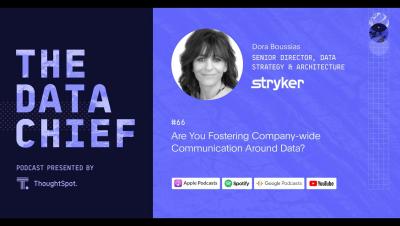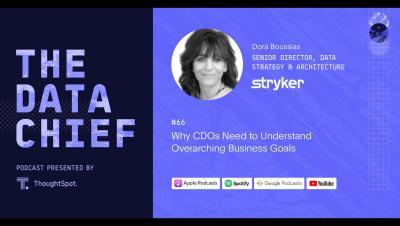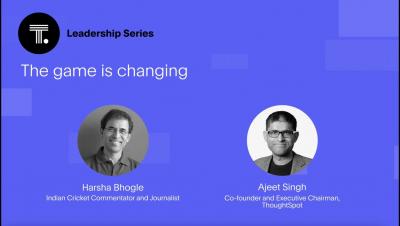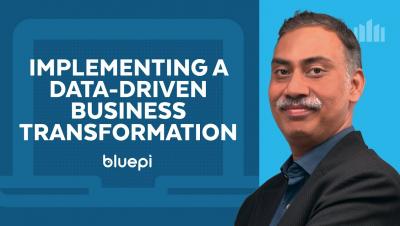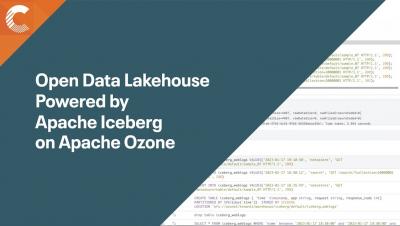Systems | Development | Analytics | API | Testing
BI
Why Data Leaders Need to End-to-End Business Understanding
Buy Your Embedded Analytics and Empower Your End-Users With the Right Data
The value of embedded analytics is unmistakable. Application teams that embed dashboards and reports drive revenue, reduce customer churn, and differentiate their software from the competition. While embedded dashboards create real value, they can also come with real costs. These costs are not always visible when companies plan for their analytics offering but can significantly impact production, scale, and the speed of bringing analytics to market.
Technology Spotlight | Announcing Cloudera DataFlow Designer
ThoughtSpot Leadership Series With Harsha Bhogle (Ep. 2): The game is changing
BigQuery under the hood: Behind the serverless storage and query optimizations that supercharge performance
BigQuery’s serverless architecture features storage and query optimizations that deliver transformational data analytics performance.
Bluepi CEO Discusses Strategies for Implementing A Data-Driven Business Transformation
Educating ChatGPT on Data Lakehouse
As the use of ChatGPT becomes more prevalent, I frequently encounter customers and data users citing ChatGPT’s responses in their discussions. I love the enthusiasm surrounding ChatGPT and the eagerness to learn about modern data architectures such as data lakehouses, data meshes, and data fabrics. ChatGPT is an excellent resource for gaining high-level insights and building awareness of any technology. However, caution is necessary when delving deeper into a particular technology.


